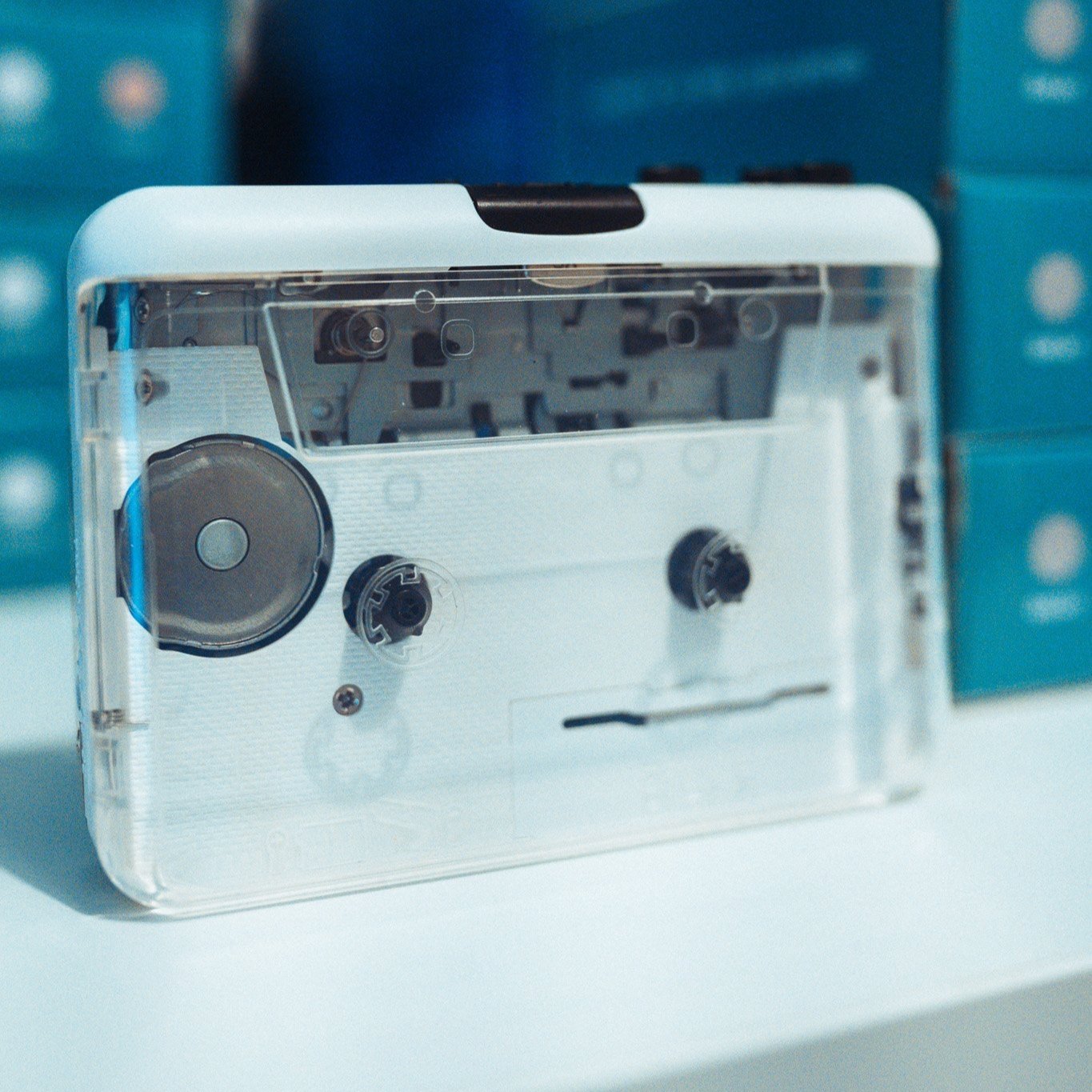Why was the Boombox such an iconic portable cassette player?
There are only a few things more iconic than the boombox - before portable speakers, before the ipod, before the Walkman and MP3 players there was the boombox. The boombox played a pivotal part in the gap between the home stereo and the portable walkman and it did certainly did it with style. The boombox was a crucial moment in music history where music consumers could begin sharing music outside and play records through powerful loud speakers rather than the limitations of a solo pair of headphones with relatively weak output performance.
The name of the portable, battery operated radio/cassette player was partly due to its heavy, box like aesthetic, and its bass enhancing power speakers (boom). Initially introduced to the American market during the mid-1970s, these boomboxes offered great sonics - it had a much deeper bass, optional input and output jacks, and more audio control / EQ settings than most people knew what to do with. The boombox’s popularity surged in the 80s, becoming almost a status symbol. With the change in musical genres and the boombox’s ubiquitous presence on the streets, over time, these portable radios became increasingly larger, some even reaching the size of a suitcase.
The boombox was the we weapon of a whole generation. A design icon and a music machine unparalleled in magnificence, it was a potent symbol for disaffected urban youth: Run DMC, the Beastie Boys and the Clash were among many groups to adopt these oversized radio cassette players as totems.
The boombox embodies a mode of sociability that is different, even opposed, to the individualistic values typical of contemporary global capitalism. It is all about the street, coexistence, communal culture.







